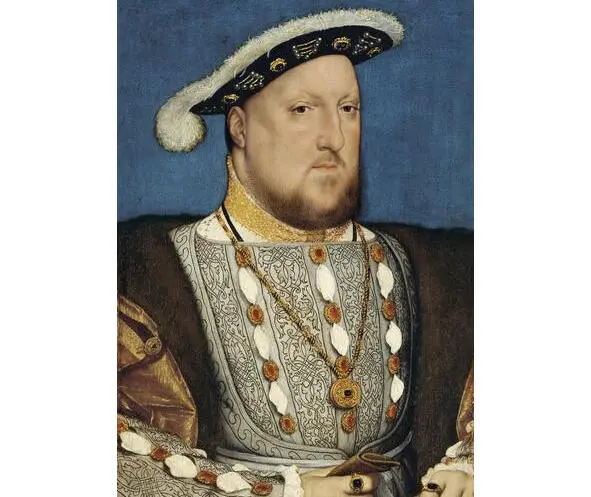
Henry VIII, third child of Henry VIII, head of the Church of England (1491 – 1547). He divorces two wives out of six, and executes two on charges of treason. One dies by itself. The last of the halves of the monarch shows remarkable diplomatic talent, remains a widow and even gets married a second time. By the end of his life, due to obesity, the king is able to move only with the help of special mechanisms.
The head of the Church of England, more Protestant than Catholic, becomes the monarch, and this situation continues to this day. Catholic churches, monasteries, including the enchanting ruins of Glastonbury Abbey, were put by the king on the rubble for roads. Agriculture is now focused on wool production, and sheep that have multiplied immensely «eat people.» Where two hundred peasants lived comfortably, drank beer, ate meat, raised children, three or four shepherds remain. The new regime, without trial, sends the unemployed to hard labor or even the gallows. During the years of the reign of Henry VIII, seventy-two thousand people get to the scaffold, this is a considerable three percent of the population of England.
Mary, the daughter of Henry, the first lady to sit on the throne for a long time restores Catholicism, reconciles with the Pope, and for some time receives the support of the people. But rampant executions, including the massacre of the timid «queen of ten days,» 16-year-old Jane Gray, do not increase the popularity of the lady monarch in the least. A dynastic marriage with the Spanish prince Philip causes only bewilderment in society. Mary, now «Bloody» is dying of a fever, leaving no direct heirs.
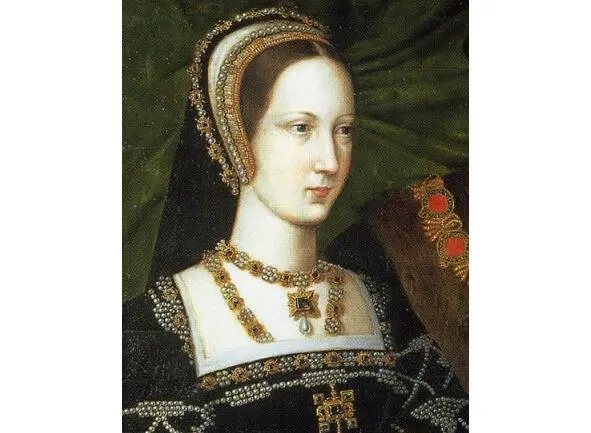
Mary Tudor (1516 – 1558), she is also Mary the Bloody, daughter of Henry VIII from his first marriage, which was considered invalid. The first crowned Queen of England. In Great Britain there is not a single monument to this monarch, marked by numerous reprisals.
Elizabeth the First is the youngest daughter of Henry VIII from his marriage to Anne Boleyn. This marriage was annulled. But this time too, the child born in him becomes a full-fledged monarch. Elizabeth’s psyche is oppressed by the tyranny of her father, the execution of her mother and the penultimate wife of «Henry VIII, Lady Keith Howard, who became a good friend for an orphan. However, Elizabeth does not forget to monitor her appearance, looks youthful, and in particular, is fond of applying many layers of powder to her face. The reign of the Virgin Queen is considered the golden age of England.
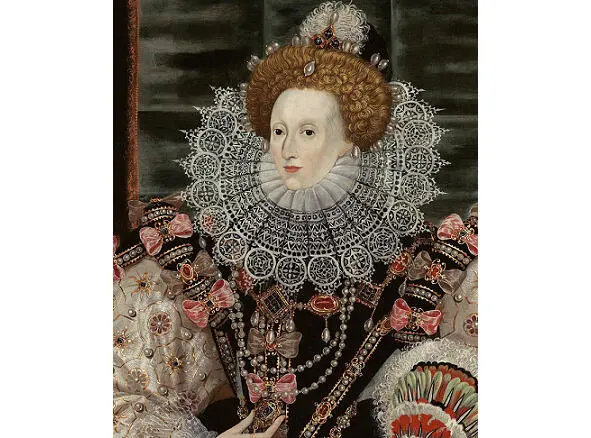
Elizabeth the First (1533 – 1603)
Stewarts.
Mary Stuart, great-granddaughter of Henry the Seventh, Queen of Scots, from the age of sixteen the wife of the King of France, Francis II. The second marriage, after the death of Francis, will take place six years later, with a cousin, Heinrich Stuart. As a result of a series of unsolved events, the monarch dies. A third marriage, to Henry’s most likely murderer, Earl Bothwell, strips Mary Stuart of her credibility. Lords rise in rebellion. The Queen signs a renunciation in favor of her son from her last spouse. Further, Mary gets involved in a confrontation with the Scottish nobles, loses the fight outright and flees to England for patronage to Elizabeth the First. The regal fugitive is held in honor and contentment. However, she gets involved in correspondence with people seeking the physical removal of the Queen of England, Elizabeth. The secret becomes clear…
Mary, who continues to assert her rights to the throne of England, even with tears in her eyes, is sent to the chopping block by the British.
England and Scotland for the first time become a single kingdom under the leadership of James the First, namely, the son of the executed Scottish Queen Mary Stuart.

Mary Stuart (1542—1587)
His son, Charles the First, after the death of the Duke of Buckingham, his father’s advisor and lover, loses control over what is happening. The British Parliament decides to behead the proud king.
The dynasty of Oliver Cromwell, Lord Protector of England, has only two rulers. A year after the death of his father, Richard Cromwell finds out that he is unable to manage the state that has not yet cooled down after the civil war. Presumably, recalling the very sad story of Karl Stewart, he resigns.
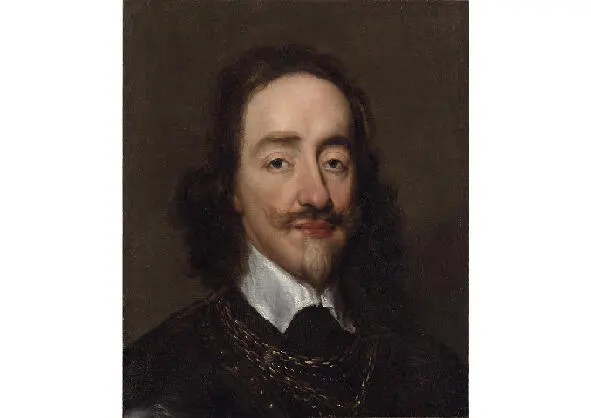
Charles the First, the first king to be executed by the people and parliament (1600 – 1649).
…The son of the king who lost his head, Charles II takes the throne of his father. The classical monarchy of Great Britain is taking revenge.
William III of Orange, ruler of the Netherlands, wins the sympathy of the majority of the people of Great Britain. They offer the object of sympathy the office of king, and Wilhelm agrees. Under him, culture (Swift), science (Newton) and social order (Bill of Rights) are experiencing an unprecedented rise. Among other things, according to a rather confused chronicle, Wilhelm meets the Russian Tsar Peter the Great in both of his dominions, England and the Netherlands.
…Hanoverian House. According to the new Act of Succession to the throne, Catholics who are in any way related to the Stuarts cannot count on the throne. In these conditions, the British call on representatives of the German family of Welfs, who have ruled Braunschweig for a long time and, accordingly, its capital Hanover. The names of the first four kings are «Georg», therefore the time of the dynasty’s reign is called the Georgian era.
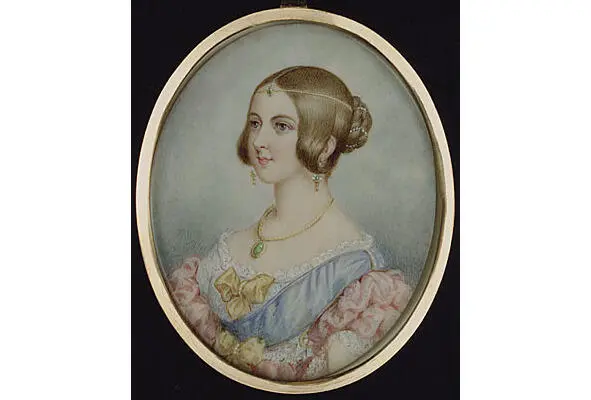
Queen Victoria in her youth (1819—1901)
After surviving several assassination attempts, Queen Victoria, the last of the dynasty, has ruled for sixty-four years. The nine children of the «grandmothers of Europe», princes and princesses, seal the agreement between most of the European dynasties. The Victorian era is Britain’s golden age.
During the reign of Queen Victoria, the British Empire reached its heyday. England is at the forefront of the white man’s civilizing attacks, protecting the native population from its even tougher rulers. Victoria voices the passionate aspirations of her subjects as follows: «It is not in our custom to annex countries if we are not obliged and forced to do so.»
A kind of anthem of the colonial and missionary activities of the Anglo-Saxons ("The White Man's Burden") becomes the poem "If", known to us more from "Mowgli", by the British cult writer Rudyard Kipling:
…And if you can be yourself in the crowd
Keep in touch with the people in the presence of the king
And, respecting any opinion
Chapters before the rumor do not bow
And if you measure the distance
Seconds, starting on a long run
The earth is yours, my boy, property
And what’s more, you are a human
Translation by S. Marshak… English-speaking connoisseurs of literature, please rate the double translation
Читать дальше


















